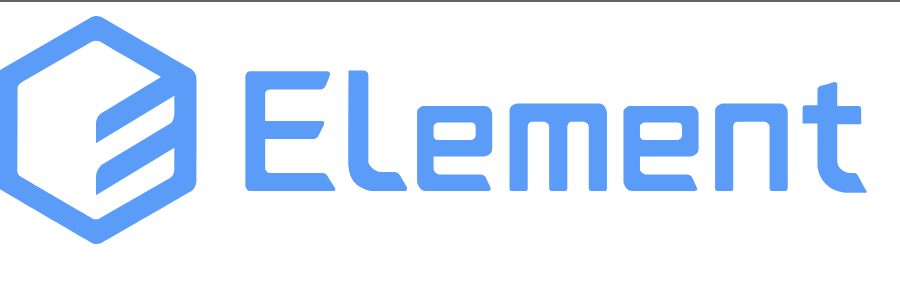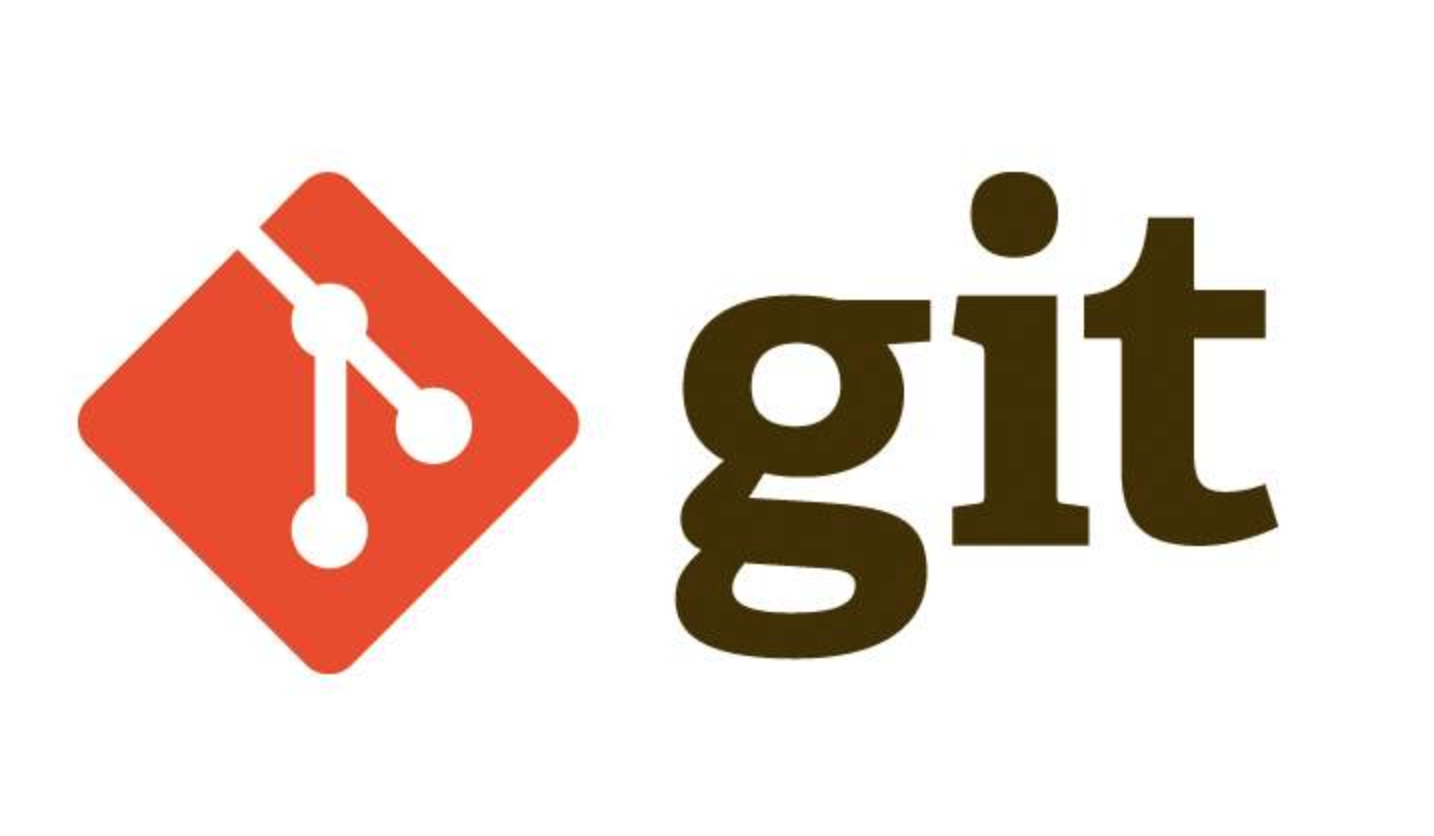koa2学习笔记:request对象各属性含义,url相关属性区别
Request对象下的大部分属性,也可以通过ctx直接进行访问
如 ctx.request.method 和 ctx.method是等价的
以下访问器和 Request 别名等效:
ctx.header
ctx.headers
ctx.method
ctx.method=
ctx.url
ctx.url=
ctx.originalUrl
ctx.origin
ctx.href
ctx.path
ctx.path=
ctx.query
ctx.query=
ctx.querystring
ctx.querystring=
ctx.host
ctx.hostname
ctx.fresh
ctx.stale
ctx.socket
ctx.protocol
ctx.secure
ctx.ip
ctx.ips
ctx.subdomains
ctx.is()
ctx.accepts()
ctx.acceptsEncodings()
ctx.acceptsCharsets()
ctx.acceptsLanguages()
ctx.get()
request.header 和 request.headers等价
返回请求header信息,如accept、host、cache-control、user-agent、cookie等
{
host: 'localhost:3031',
connection: 'keep-alive',
pragma: 'no-cache',
'cache-control': 'no-cache',
'upgrade-insecure-requests': '1',
'user-agent': 'Mozilla/5.0 (Macintosh; Intel Mac OS X 10_14_6) AppleWebKit/537.36 (KHTML, like Gecko) Chrome/76.0.3809.100 Safari/537.36',
'sec-fetch-mode': 'navigate',
'sec-fetch-user': '?1',
accept: 'text/html,application/xhtml+xml,application/xml;q=0.9,image/webp,image/apng,*/*;q=0.8,application/signed-exchange;v=b3',
'sec-fetch-site': 'none',
'accept-encoding': 'gzip, deflate, br',
'accept-language': 'zh-CN,zh;q=0.9,en;q=0.8',
cookie: 'uuid=4'
}request.method
返回请求方式,大写“GET”、“POST”等
request url相关
假如用户访问网址为:http://localhost:3031/api/site/login?redirect=/&from=baidu
则各属性值分别如下
| 属性 | 值 | 解释 |
| url | /api/site/login?redirect=/&from=baidu | origin后面的全部字符 |
| originalUrl | /api/site/login?redirect=/&from=baidu | |
| origin | http://localhost:3031 | 获取URL的来源,包括 protocol 和 host |
| href | http://localhost:3031/api/site/login?redirect=/&from=baidu | 全部网址 |
| path | /api/site/login | origin和参数之间,也就是我们定义的路由路径 |
| querystring | redirect=/&from=baid | 根据 ? 获取原始查询字符串,问号后面的字符 |
| search | ?redirect=/&from=baidu | 使用 ? 获取原始查询字符串,包含问号及后面的字符 |
| host | localhost:3031 | 域名和端口号(hostname:port) |
| hostname | localhost | 域名部分 |
| query | { redirect: '/', from: 'baidu' } | 针对查询字符串解析后的对象, 当没有查询字符串时,返回一个空对象。请注意,不支持嵌套解析。 |
| protocol | http | 返回请求协议,“https” 或 “http”。当 app.proxy 是 true 时支持 X-Forwarded-Proto。 |
| secure | false | 通过 ctx.protocol == "https" 来检查请求是否通过 TLS 发出。 |
request.charset
不能使用ctx.charset获取
在存在时获取请求字符集,或者 undefined:
ctx.request.charset; // => "utf-8"
content-type相关
request.type
获取请求 Content-Type 不含参数 "charset"。
const ct = ctx.request.type; // => "image/png"
request.is(types...)
检查传入请求是否包含 Content-Type 头字段, 并且包含任意的 mime type。 如果没有请求主体,返回 null。 如果没有内容类型,或者匹配失败,则返回 false。 反之则返回匹配的 content-type。
// 使用 Content-Type: text/html; charset=utf-8
ctx.is('html'); // => 'html'
ctx.is('text/html'); // => 'text/html'
ctx.is('text/*', 'text/html'); // => 'text/html'
// 当 Content-Type 是 application/json 时
ctx.is('json', 'urlencoded'); // => 'json'
ctx.is('application/json'); // => 'application/json'
ctx.is('html', 'application/*'); // => 'application/json'
ctx.is('html'); // => falserequest.accepts(types)
检查给定的 type(s) 是否可以接受,如果 true,返回最佳匹配,否则为 false。 type 值可能是一个或多个 mime 类型的字符串,如 application/json,扩展名称如 json,或数组 ["json", "html", "text/plain"]。
// Accept: text/html
ctx.accepts('html');
// => "html"
// Accept: text/*, application/json
ctx.accepts('html');
// => "html"
ctx.accepts('text/html');
// => "text/html"
ctx.accepts('json', 'text');
// => "json"
ctx.accepts('application/json');
// => "application/json"
// Accept: text/*, application/json
ctx.accepts('image/png');
ctx.accepts('png');
// => false
// Accept: text/*;q=.5, application/json
ctx.accepts(['html', 'json']);
ctx.accepts('html', 'json');
// => "json"
// No Accept header
ctx.accepts('html', 'json');
// => "html"
ctx.accepts('json', 'html');
// => "json"你可以根据需要多次调用 ctx.accepts(),或使用 switch:
switch (ctx.accepts('json', 'html', 'text')) {
case 'json': break;
case 'html': break;
case 'text': break;
default: ctx.throw(406, 'json, html, or text only');
}request.acceptsEncodings(encodings)
检查 encodings 是否可以接受,返回最佳匹配为 true,否则为 false。 请注意,您应该将identity 作为编码之一!
// Accept-Encoding: gzip
ctx.acceptsEncodings('gzip', 'deflate', 'identity');
// => "gzip"
ctx.acceptsEncodings(['gzip', 'deflate', 'identity']);
// => "gzip"当没有给出参数时,所有接受的编码将作为数组返回:
// Accept-Encoding: gzip, deflate ctx.acceptsEncodings(); // => ["gzip", "deflate", "identity"]
请注意,如果客户端显式地发送 identity;q=0,那么 identity 编码(这意味着没有编码)可能是不可接受的。 虽然这是一个边缘的情况,你仍然应该处理这种方法返回 false 的情况。
request.acceptsCharsets(charsets)
检查 charsets 是否可以接受,在 true 时返回最佳匹配,否则为 false。
// Accept-Charset: utf-8, iso-8859-1;q=0.2, utf-7;q=0.5
ctx.acceptsCharsets('utf-8', 'utf-7');
// => "utf-8"
ctx.acceptsCharsets(['utf-7', 'utf-8']);
// => "utf-8"当没有参数被赋予所有被接受的字符集将作为数组返回:
// Accept-Charset: utf-8, iso-8859-1;q=0.2, utf-7;q=0.5 ctx.acceptsCharsets(); // => ["utf-8", "utf-7", "iso-8859-1"]
request.acceptsLanguages(langs)
检查 langs 是否可以接受,如果为 true,返回最佳匹配,否则为 false。
// Accept-Language: en;q=0.8, es, pt
ctx.acceptsLanguages('es', 'en');
// => "es"
ctx.acceptsLanguages(['en', 'es']);
// => "es"当没有参数被赋予所有接受的语言将作为数组返回:
// Accept-Language: en;q=0.8, es, pt ctx.acceptsLanguages(); // => ["es", "pt", "en"]

点赞(0)







